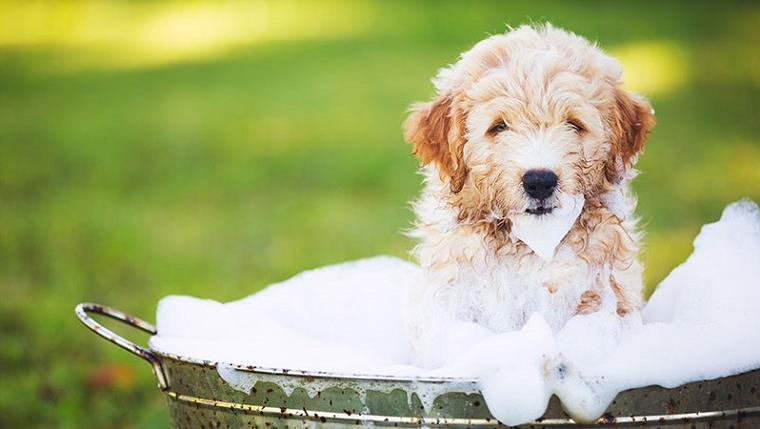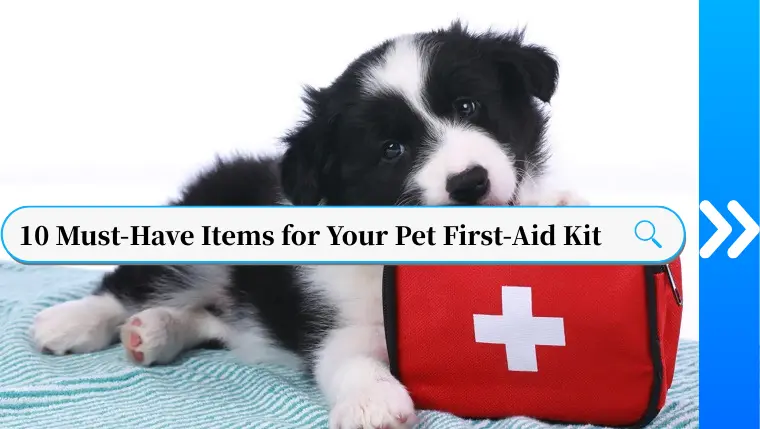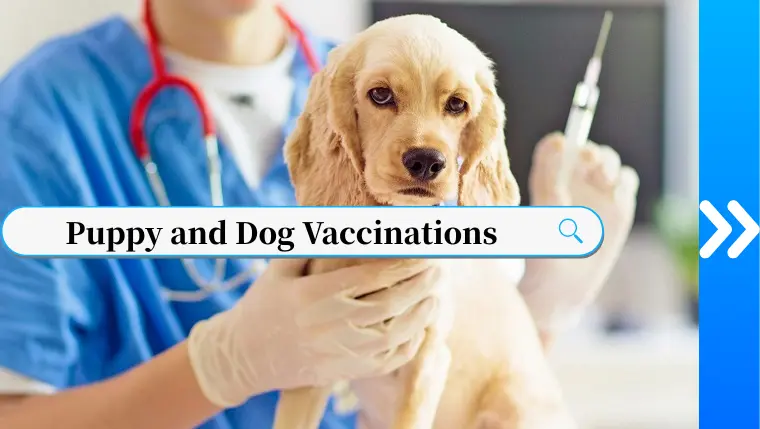
8 Vet-Approved Home Remedies for Your Dog

Being a pet parent means being prepared for the unexpected. Sometimes issues come up at the most inconvenient times. While reaching out to your veterinarian for advice or an appointment is always recommended, there are some nonprescription therapies that are usually safe to try at home before you call or while you wait for an appointment.
8 Conditions That Can Benefit From Home Remedies for Dogs
1. Mild Diarrhea/Mucus in Stool
A short course of mild diarrhea doesn't always mean a trip to the vet. Dogs with soft stool that are otherwise eating well and acting normally can be temporarily given a bland, easily digestible diet to allow the intestines some time to rest and heal from the inflammation causing the diarrhea. A bland diet at home is usually a combination of boiled chicken, turkey, or beef and rice. It is important not to roast or fry the meat, as the meat fat can cause pancreatitis.
A bland diet should not be fed for more than a week in adult dogs and two to three days in growing puppies. If your dog's diarrhea is not decreasing during that time, a call to the vet is warranted to see if a prescription diet or probiotics may be needed. Dogs that have blood in the stool, decreased appetite, or vomiting should also be promptly evaluated by a veterinarian to ensure there isn't a more serious cause.
2. Hot Spots
Hot spots are localized areas of inflammation in the skin that erupt suddenly and cause discomfort and frequent licking or scratching, which makes the lesion worse. Hot spots can be seen in any breed, but they are most common in dogs with thick coats like Golden Retrievers and German Shepherds. The most important thing to remember in treating a hot spot is keeping your dog from licking or scratching at it.
Elizabethan collars (e-collars) and loose T-shirts or shorts are highly effective at protecting these lesions as they heal. If you and your dog are comfortable with shaving the fur around the lesion with electric clippers (never scissors!) to get more air exposure, this can also help. Some dogs may be in too much pain to allow their pet parent to trim the hair. Severe hot spots (ones that don't improve in 24–48 hours) may require oral antibiotics and anti-inflammatories from your vet. Never bandage a hot spot, as this will delay the healing process and can lead to further complications.
3. Itchy, Irritated, Dry Skin
There are many over-the-counter shampoos available for dogs with dry, itchy skin. Look for products that are oatmeal-based and fragrance-free for best results. If your dog's itchy skin is more severe, your vet may recommend an antiseptic shampoo or mousse product with an ingredient like chlorhexidine.
Another way to tackle itchy, dry skin at home is by increasing the amount of omega-3 fatty acids in your dog's diet. This is commonly done through food additives and supplements. You may also want to look into diets made for sensitive skin, as they often have a higher omega-3 free fatty acid (FFA) content.
4. Allergies
Our dogs are just as prone to having allergies as we are. Common symptoms in dogs are sneezing, a mild, clear eye discharge, and itching. Antihistamines like diphenhydramine and cetirizine are safe for dogs as long as they don't contain any decongestants. Keep in mind that dosages are not the same for pets as for people! Your vet can guide you in the appropriate dosing of these products.
If yellow or green discharge is noted from your pet's eyes or nose, if squinting is noted, or if there are any changes in your dog's appetite or demeanor, antihistamines alone are unlikely to solve the issue. Call your vet for an appointment.
5. Licking Paws
Licking paws can be a normal behavior for most dogs, but excessive licking (leading to irritation and fur-color change) should be managed. More often than not, excessive foot licking is related to allergies or other contact-related irritants.
Epsom salt soaks of the feet for about 5–10 minutes at least once a day can help wash off environmental allergens and contaminants. This also soothes the skin of the feet and helps the healing process. Dogs with more severe inflammation may need to wear a recovery cone for a few days to prevent them from licking while the skin heals.
6. Ear Debris
Excess waxy debris in the ear that is not associated with severe itching or head shaking can often be managed at home with an ear cleaning, but it must be done very carefully. It is important to use a product designed for use in the ear canal. Household items such as vinegar, hydrogen peroxide, alcohol, and coconut oil should never be put in the ears, as they can cause more inflammation.
Appropriate products can either be poured directly into the canal or squeezed in using a soaked cotton ball. Massage the ear canal gently from the outside and mop up excess cleaner using your finger and a cotton ball before your dog shakes their head. Introducing objects into the canal such as cotton swabs is not necessary and can be dangerous. Swabs can puncture the tympanic membrane or break off deep in the canal. If your dog's ears are very red and seem painful to them, a vet visit is recommended.



